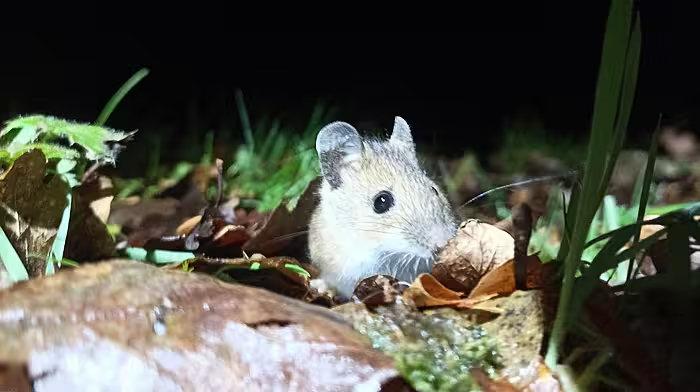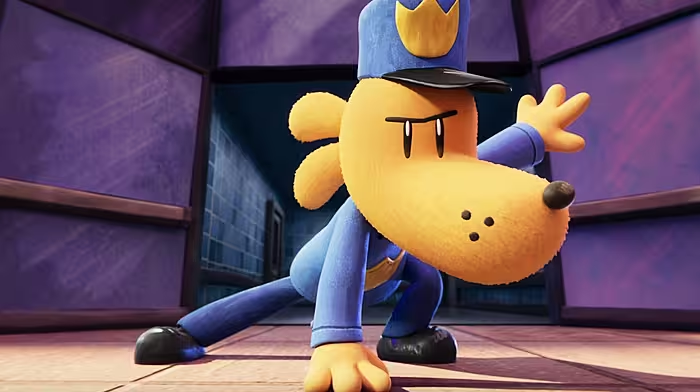WEST Cork is in the grip of its highest ever TB levels, according to the latest figures, with almost 5,000 ‘reactors’ (infected cattle) having been recorded in the area. For those not involved in farming, it is hard to describe the sheer sense of terror that a sentence like that can strike in those whose incomes are derived from cattle rearing or milking.
TB is not a new problem – far from it.
The first eradication programme was started in this country as far back as 1950 and became compulsory throughout Ireland by 1962. Back then, the plan was to eradicate it completely.
And while the graph of reactor cows removed from herds shows a good drop from the 1962 peak of over 160,000, (apart from another, similar, peak in 1977) there have still been considerable cows removed – ie slaughtered – annually, as a result of TB in this country.
There seems to be no doubt that the badger is the prime suspect in the spread of this devastating disease in cattle.
In a review of the Irish TB eradication programme, commissioned in 1990, it was stated that infection in the badger was the ‘underlying driving factor’ causing special difficulties, and one that had been present, at that point, for at least 30 years.
As a result of the review, researchers created a ‘control zone’ in East Offaly, which reduced access of the badgers to cattle. The results showed a reduction in the number of cattle contracting the disease over the study period.
At that point, badger vaccination trials were commenced.
Once infected, however, a cow can spread the disease to another member of their herd by breath, by close contact, by dirty farm transport, machinery and trailers – in fact, the disease is highly contagious and very difficult to contain.
The problem today is that the industry is currently facing the ‘perfect storm’ which is creating the ideal environment for the disease to thrive in.
Nationally, the Department of Agriculture vaccinated 9,000 badgers in 2023 – double the vaccination rate in 2019. In West Cork vaccination was taking place along coastal areas along the N71, but that programme has now been suspended.
The department is also under pressure from reduced staffing levels and badger numbers appear to be increasing.
And with the winter coming fast, more animals moving indoor means more animals in closer contact with each other.
And even when the vaccination programme is underway, it’s a tough task to master, because the badger has to be trapped, vaccinated and then tagged. It’s labour-intensive, takes time, and you can never be sure you have located every animal.
The IFA in West Cork has described the situation as ‘out of control’ nationally, with West Cork experiencing its highest-ever levels of diseased cattle, with almost 5,000 reactors now detected in the region, when the usual figure is closer to 2,000.
Today there are outbreaks in Timoleague, Kilbrittain, Ballinacarriga, Drimoleague and Caheragh – some areas not having had a break in two years.
The IFA says that while the department has been trying to eradicate TB since the 50s, it’s worse than ever today, with talk of ‘epidemic’ levels of the disease in West Cork.
This week we are in the throes of an election campaign. But where is the talk of this epidemic? How many politicians have spoken about the damage this disease is doing to our rural communities and why an urgent, well-resourced eradication ‘zero tolerance’ programme needs to be employed to tackle this threat to, not only our national herd and our reputation abroad, but the financial stability and mental health of farmers and their families throughout the country?
This is an issue causing major stress in our community. There is one week left to impress upon our politicians the importance of treating this seriously.
Leaders’ debate lacked spark
MONDAY night’s leaders’ debate, which saw 10 of the country’s political parties represented on RTÉ’s Upfront show, was a generally polite affair – save a few short exceptions when the Tánaiste clashed with his long-time rival, Sinn Féin’s Mary Lou McDonald, and Simon Harris got similarly angsty with Ms McDonald.
There were very few sparky moments, and very few political grenades thrown across the studio.
But it is difficult to get to the core of any issue when you have 10 strong personalities vying for time, even over two-and-a-half hours.
In fact, as our campaign trail reports have shown, this election has been largely defined by polite exchanges between the candidates and the electorate.
Maybe watching the behaviour of those engaged in the recent election across the Atlantic has made us realise that things could, in fact, be a lot worse.










